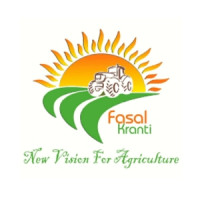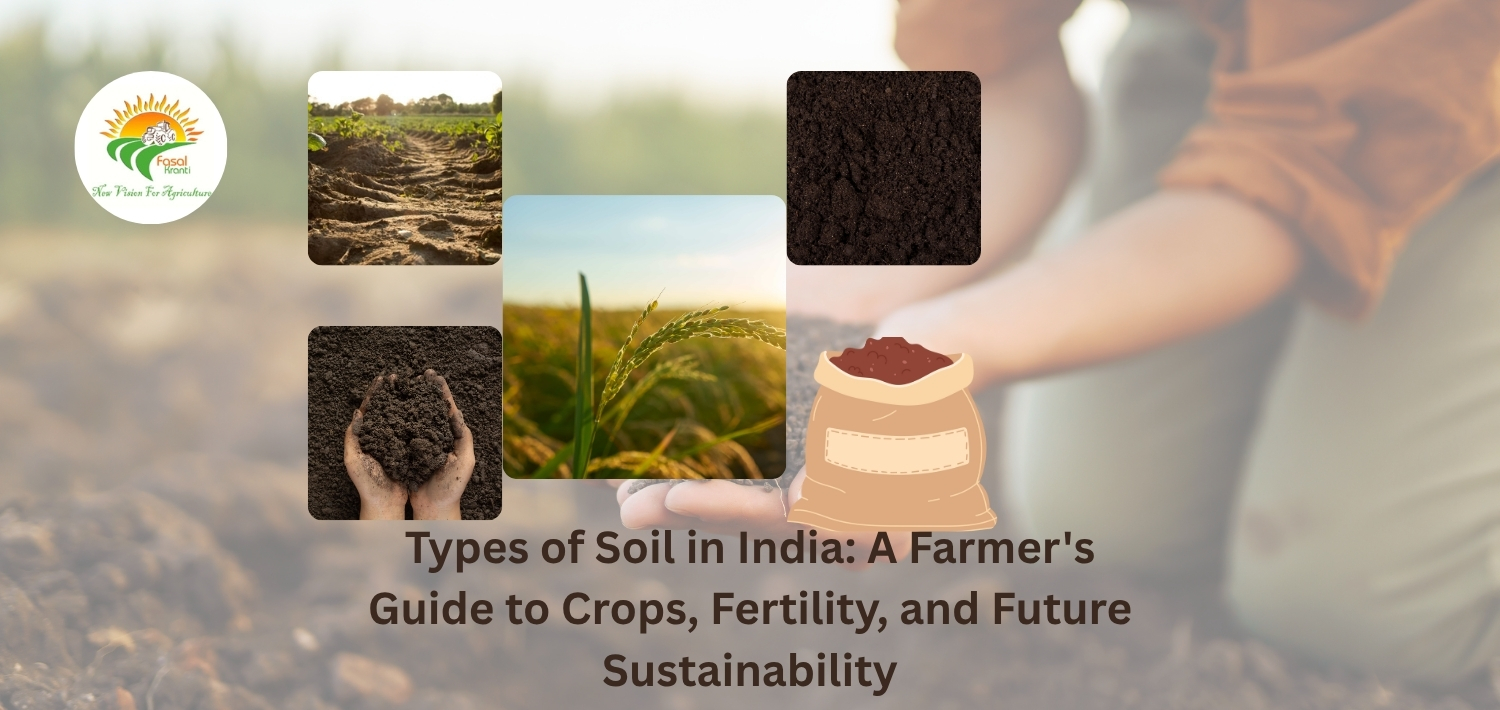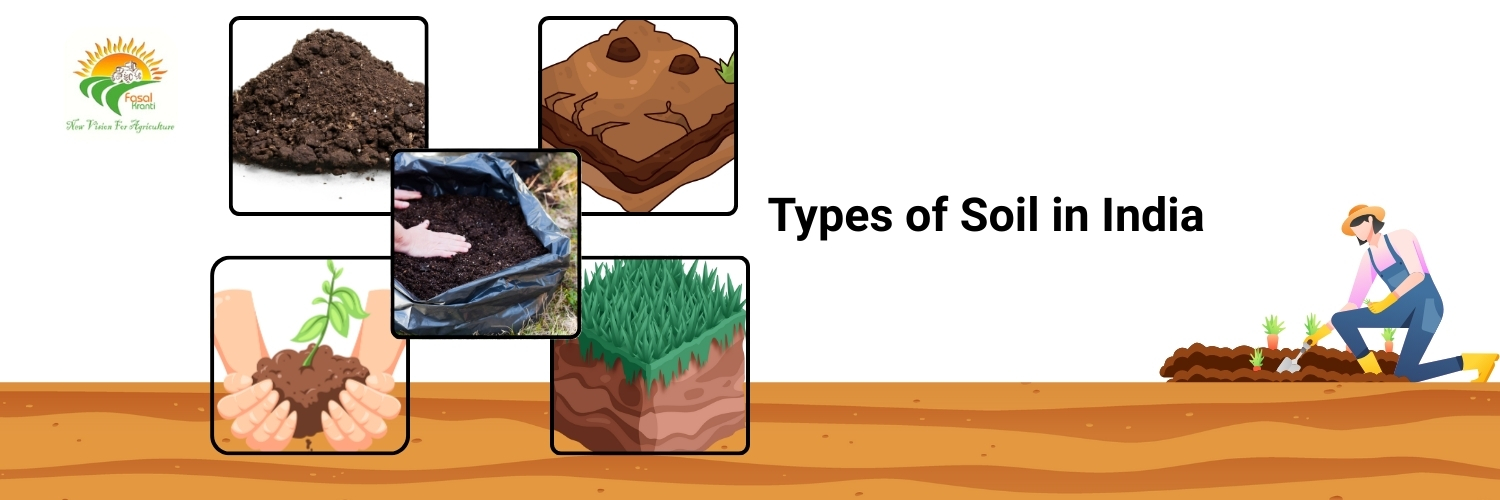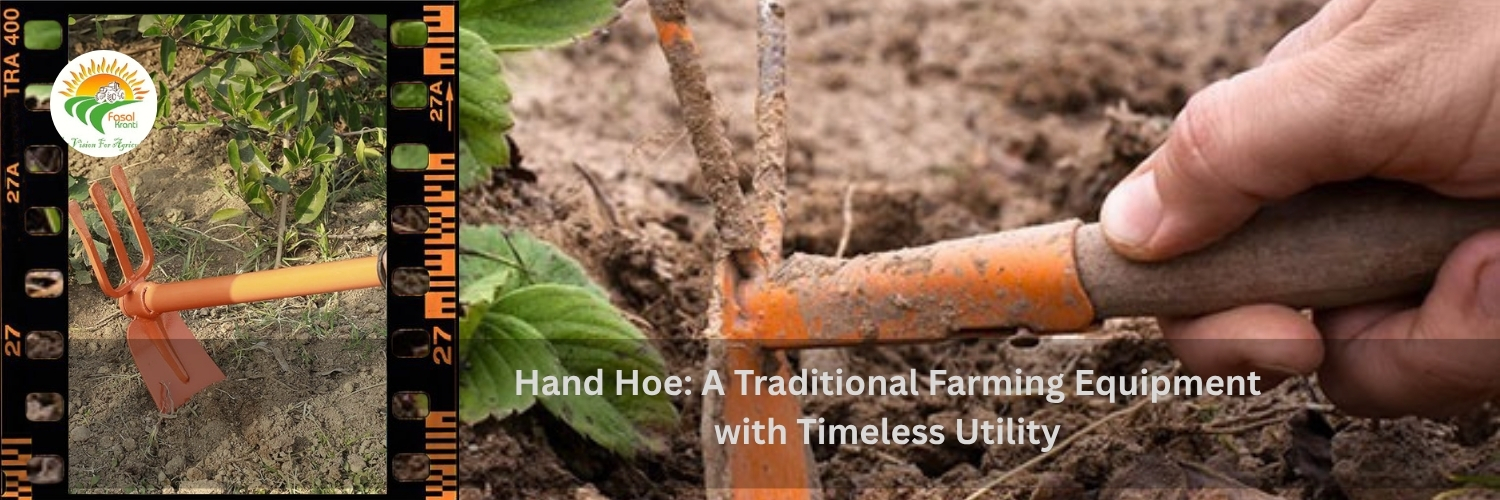Top Strategies for Climate Smart Agriculture Success
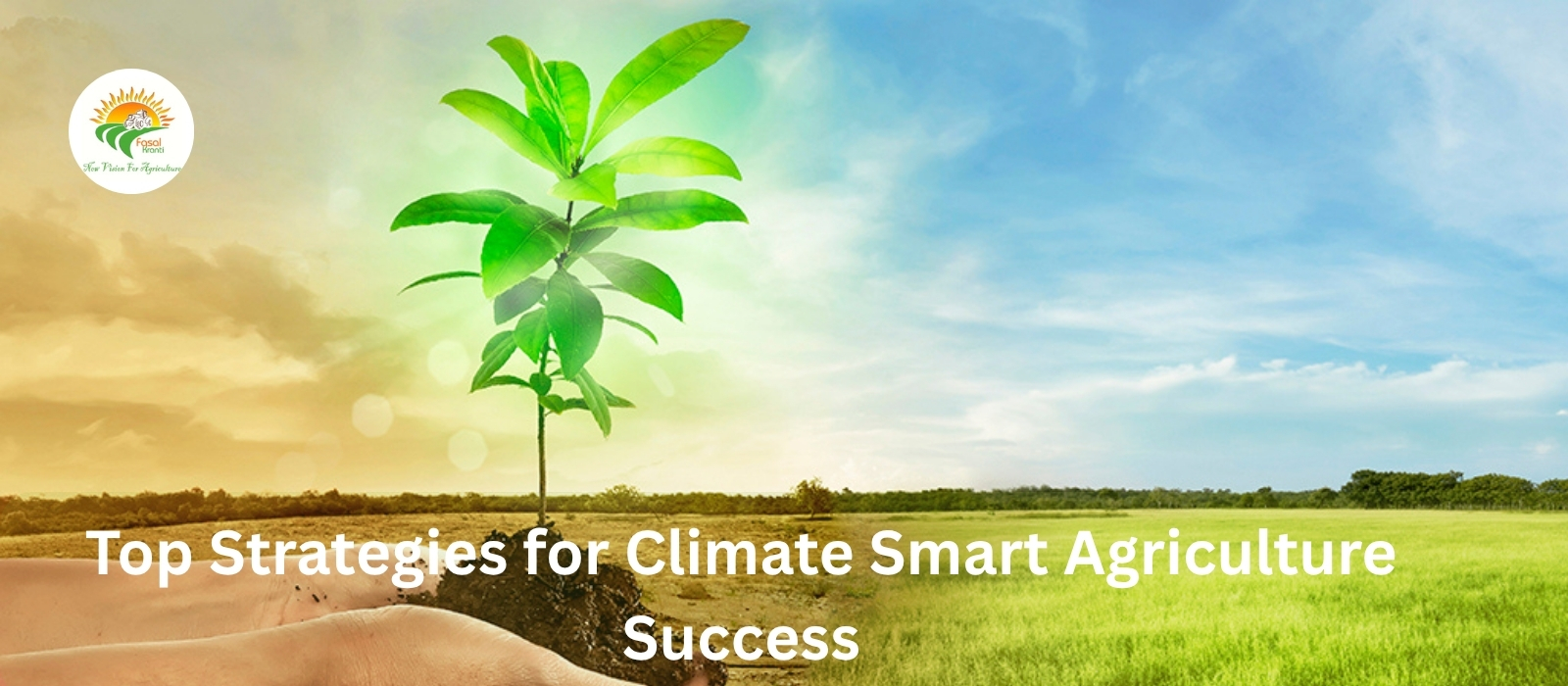
Strong 8k brings an ultra-HD IPTV experience to your living room and your pocket.
Climate smart agriculture is an innovative farming approach that enhances productivity, builds resilience against climate change, and reduces greenhouse gas emissions. It goes beyond being a trendy term it's a practical solution and survival strategy for millions of farmers facing unpredictable weather patterns, prolonged droughts, floods, and declining soil fertility. As climate-related challenges intensify, this approach provides a framework for sustainable food production by integrating scientific knowledge, local practices, and adaptive technologies. It empowers communities to make informed decisions, protect natural resources, and secure livelihoods for future generations. In a rapidly changing world, climate smart agriculture offers hope for a more stable and sustainable agricultural future.
The Urgency of Agricultural Adaptation
Farming communities across the globe are increasingly vulnerable to the harsh realities of climate change. Unpredictable weather patterns ranging from extended droughts to sudden floods pose a serious threat to crop yields, livestock health, and overall food security. These disruptions not only endanger livelihoods but also strain national economies and food supply chains. In response, climate smart agriculture offers a proactive solution. By integrating scientific innovation with environmentally sustainable practices, this approach helps farmers adapt to evolving conditions. It encourages a shift away from outdated methods, promoting resilience, resource efficiency, and long-term productivity. The urgency to adapt has never been clearer or more necessary.
Key Principles of Climate Smart Agriculture
At the heart of climate smart agriculture lie three essential, interconnected goals. First, it aims to sustainably increase agricultural productivity and incomes, ensuring that farmers can thrive even in changing environmental conditions. Second, it focuses on adapting to and building resilience against the impacts of climate change, such as droughts, floods, and unpredictable weather patterns. Third, it seeks to reduce or remove greenhouse gas emissions from agricultural practices, contributing to global climate mitigation efforts. These principles work together to create a holistic, sustainable approach that benefits not only the environment but also the economy and farming communities, making it a win-win-win strategy for all
Human Behavior and Climate Smart Agriculture
The success of climate smart agriculture hinges not only on technology but on human behavior. Cultural beliefs, traditional practices, and social norms significantly influence how farmers respond to new approaches. While some embrace sustainable methods quickly, others hesitate due to fear of change, lack of trust, or limited awareness. To ensure effective adoption, it's crucial to engage communities in co-creating solutions, provide behavioral incentives like subsidies and recognition, and promote peer-to-peer learning. Farmer-to-farmer knowledge sharing often builds more trust than top-down instruction. Ultimately, aligning climate smart agriculture with human values and behaviors is key to building resilience and ensuring long-term success.
1. Sustainable Soil Management
Healthy soil is the foundation of sustainable farming. Techniques such as:
• No-till farming reduce soil erosion and carbon release.
• Cover cropping prevents nutrient leaching and improves organic matter.
• Compost and biochip enrich the soil and sequester carbon.
These practices not only boost yields but also ensure long-term soil fertility.
2. Water-Efficient Practices
With water becoming scarcer, efficient irrigation is vital. Climate smart agriculture emphasizes:
• Drip irrigation to deliver water directly to roots.
• Rainwater harvesting to store seasonal rainfall.
• Smart scheduling to avoid over-watering and waste.
Such measures can cut water usage by up to 50% while increasing crop quality.
3. Climate-Resilient Crops
Planting the right crop varieties can mean the difference between failure and success. Climate smart agriculture promotes:
• Drought-tolerant and flood-resistant varieties
• Local seed banks that preserve regionally adapted crops
These reduce dependence on chemical inputs and offer better survival under stress.
4. Integrating Agroforestry
Combining trees with crops and livestock helps in:
• Carbon sequestration
• Creating microclimates
• Preventing soil erosion
Agroforestry mimics natural ecosystems and improves biodiversity while providing additional income through fruits, nuts, or timber.
5. Precision Agriculture Techniques
Technology plays a big role in modern farming. Tools such as:
• Drones, GPS, and sensors help farmers monitor crops in real-time.
• Data analytics guide when to plant, irrigate, or apply fertilizers.
This reduces waste, boosts efficiency, and enhances decision-making.
6. Reducing Emissions from Livestock
Livestock contribute significantly to methane emissions. Strategies include:
• Rotational grazing to avoid overgrazing.
• Improved feed that reduces digestion-related emissions.
• Manure management systems to harness biogas.
These changes not only reduce emissions but also improve animal health and productivity.
7. Diversifying Farm Income
Farmers are increasingly encouraged to:
• Add value through processing
• Explore eco-tourism
• Engage in aquaculture or beekeeping
This reduces financial risk and provides buffers against crop failure.
Education and Training in Climate Smart Agriculture
Behavioral change begins with education. When farmers are equipped with the right knowledge and skills, they're more likely to adopt climate smart agriculture practices. Programs such as farmer field schools, demonstration plots, and peer learning initiatives play a vital role in this process. These hands-on, community-based approaches allow farmers to witness the benefits of new techniques, ask questions, and learn from each other's experiences. Sharing real-life success stories builds trust and encourages wider adoption. By fostering a learning culture rooted in local context, education becomes a powerful tool for driving sustainable farming and empowering communities to adapt to climate change effectively.
Policy Support and Financial Incentives
Governments and organizations are vital in advancing climate smart agriculture by turning ideas into action. They can drive adoption by offering targeted subsidies for sustainable equipment and inputs, promoting carbon credit schemes that reward eco-friendly practices, and ensuring farmers have access to reliable crop insurance against climate-related risks. When policies align with on-the-ground realities, they not only lower financial barriers but also build confidence among farmers. Supportive frameworks and incentives transform climate smart agriculture from a concept into a practical, accessible solution for resilient and sustainable farming.
Challenges in Implementation
While climate smart agriculture offers numerous advantages, its implementation is not without obstacles. Many farmers face high upfront costs, making it difficult to invest in new practices or technologies. There's also resistance to change, often rooted in long-standing traditions or fear of the unknown. Additionally, limited access to reliable information and modern technology can hinder progress, especially in remote or underserved areas. For climate smart agriculture to take root, behavioral transformation must be paired with strong institutional and structural support, including financial assistance, education, and infrastructure. Only through this combined approach can the shift toward sustainable agriculture be both practical and lasting.
Real-Life Examples and Case Studies
In Kenya, dairy farmers have successfully implemented fodder banks and biogas digesters, improving both sustainability and productivity. In India, rice farmers are conserving water through alternate wetting and drying techniques, showcasing the power of behavioral change in traditional farming. Meanwhile, farmers in the Peruvian highlands combine ancestral knowledge with modern weather apps to make informed decisions, blending old and new. These examples highlight how adapting climate smart agriculture to local contexts—and understanding human behavior can drive meaningful, lasting transformation. Each success story underscores the importance of trust, cultural relevance, and community-driven innovation in achieving sustainable agricultural outcomes..
Future of Climate Smart Agriculture
The future of climate smart agriculture lies in embracing innovation and inclusivity. Advancements like artificial intelligence and machine learning will enable smarter, data-driven farming decisions. Increased youth participation will bring fresh ideas, energy, and a tech-savvy mindset to agricultural practices. Moreover, global collaboration will be vital in addressing shared challenges related to food security and climate resilience. But beyond tools and technology, the real transformation will come from changing mindsets encouraging openness, adaptability, and collective responsibility. Climate smart agriculture is not just a set of practices; it’s a movement driven by shared purpose and proactive human engagement across communities and nations.
Remark
Climate smart agriculture is more than a strategy it is a necessity in today’s climate-challenged world. As weather patterns become more unpredictable and natural resources grow scarcer, traditional farming methods alone can no longer ensure food security. Climate smart agriculture offers a forward-looking solution that combines innovative science with time-tested local wisdom.
(FAQs )
1. What is climate smart agriculture?
Climate smart agriculture is an approach that increases agricultural productivity, enhances resilience to climate change, and reduces greenhouse gas emissions.
2. Why is human behavior important in climate smart agriculture?
Behavior shapes how and whether farmers adopt sustainable practices. Trust, tradition, and training all influence decisions.
3. How does climate smart agriculture help the environment?
It reduces emissions, improves soil health, conserves water, and increases biodiversity.
4. Are there specific crops best for climate smart agriculture?
Yes, drought-tolerant, flood-resistant, and native varieties are often preferred due to their adaptability.
5. How can governments support climate smart agriculture?
By offering training, financial incentives, and infrastructure for sustainable farming.
6. Is climate smart agriculture expensive to implement?
Initial costs may be high, but long-term gains in productivity and sustainability make it worthwhile.
Note: IndiBlogHub features both user-submitted and editorial content. We do not verify third-party contributions. Read our Disclaimer and Privacy Policyfor details.

